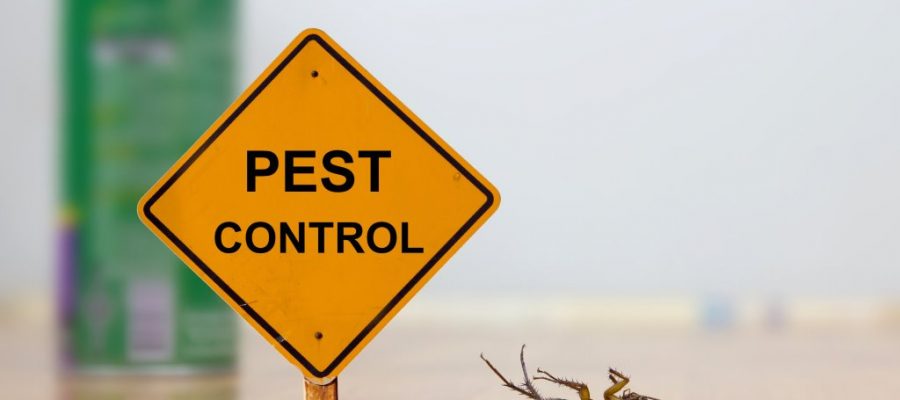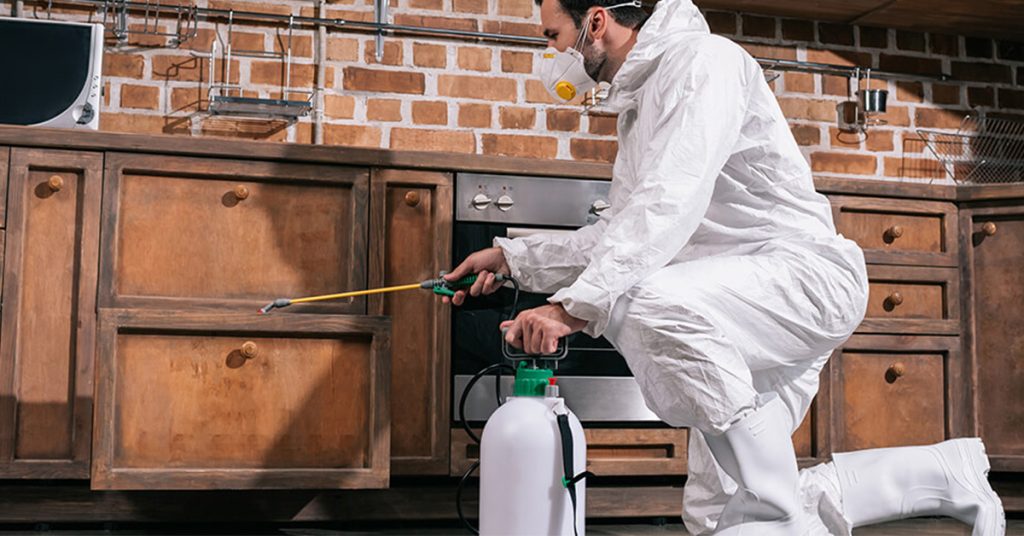Fast Response Times for Pest Issues with Pest Control Lockhart
Fast Response Times for Pest Issues with Pest Control Lockhart
Blog Article
Discovering Infestation and Treatment Strategies in the Globe of Bug Control
The landscape of bug control incorporates a myriad of challenges, especially as invasions of typical household insects remain to develop. Comprehending the habits and reproductive patterns of these nuisances is critical for creating effective treatment techniques. By integrating preventative steps with sophisticated monitoring strategies, such as Integrated Insect Monitoring (IPM), property owners can better safeguard their environments. The efficiency of these methods may vary dramatically based on certain conditions. What hidden variables add to the success or failure of these methods in different settings?

Common House Vermin
When it pertains to managing our space, recognizing common house insects is important. These pests not only interrupt our convenience but can also position wellness dangers and damages building. One of the most widespread home pests consist of ants, roaches, rats, termites, and bed bugs.
Ants, commonly seen foraging in kitchens, can infect food and develop big swarms. Rats, including computer mice and rats, can cause structural damages and lug illness like hantavirus and salmonella.
Acknowledging the signs of these insects, such as droppings, nests, or bite marks, is crucial for early treatment (Pest Control Lockhart). Correct cleanliness methods, securing entrance factors, and preserving a clutter-free setting are reliable preventative procedures. By determining these typical family parasites and understanding their behaviors, homeowners can take aggressive actions to minimize invasions, making sure a much healthier living setting
Comprehending Bug Infestations
Parasite problems can escalate swiftly, turning a small nuisance right into a considerable trouble if not resolved without delay. Common factors contributing to invasions include inadequate sanitation, structural vulnerabilities, and seasonal adjustments that drive bugs inside.
Identifying the kind of bug is important, as various species display different behaviors and reproductive rates. As an example, rodents may develop nests in covert locations while insects like cockroaches thrive in damp atmospheres. Early detection usually depends upon identifying indications such as droppings, munch marks, or unusual audios, which can indicate a trouble prior to it ends up being extreme.
Cozy, damp environments can facilitate the fast development of insect populations, while changes in landscape design or building can unintentionally produce conducive atmospheres. An enlightened approach to recognizing these characteristics lays the groundwork for efficient insect administration methods in the future.
Therapy Techniques and Techniques
Effective therapy techniques and methods are important for alleviating bug invasions and restoring a safe setting. A multifaceted method is usually best, incorporating chemical, biological, and mechanical approaches tailored to the details bug and the extent of the problem.
Chemical therapies consist of making use of insecticides and herbicides, which can effectively get rid of bugs. Proper application and adherence to safety and security standards are vital to lessen dangers to people and non-target organisms. Integrated Bug Monitoring (IPM) encourages the wise use chemicals as a last option, depending rather on surveillance and threshold levels to identify intervention needs.
Biological control methods include presenting natural killers or parasites to lower insect populaces. This approach is significantly prominent, especially in agricultural settings, as article it advertises environmental sustainability.
Mechanical techniques, such as catches and barriers, supply immediate alleviation from insects without presenting chemicals. Options include sticky catches for insects or physical obstacles for rats.
Eventually, the selection of treatment technique should consider the certain pest, the setting, and prospective influence on human health and communities. A well balanced mix of these methods can effectively manage infestations while advertising long-lasting pest control services.
Preventative Actions for House
Proactively attending to parasite issues before they rise is important for preserving a healthy home setting (Pest Control Lockhart). Applying effective preventive steps can considerably reduce the likelihood of problems, inevitably safeguarding both your property and well-being

Proper landscaping also plays an essential function in avoidance. Keeping bushes and trees trimmed away from your home lowers the possibilities of parasites discovering their way indoors. Make certain that drainage systems are functioning effectively to stop standing water, which can attract in mosquitoes pop over here and various other bugs.
Last but not least, routine examinations are advisable. On a regular basis looking for indications of insect task permits very early treatment. By taking on these safety nets, home owners can develop a setting that is less congenial to bugs, consequently enhancing their overall quality of life and minimizing the requirement for comprehensive bug control interventions.
Industrial Parasite Control Techniques
A detailed approach to business bug control is essential for companies aiming to preserve a safe and sanitary atmosphere. Efficient methods include a mix of normal examinations, worker training, and the execution of Integrated Parasite Administration (IPM) techniques.
Regular examinations make it possible for early discovery of insect task, official website allowing for timely treatment. Companies ought to create a routine timetable for these evaluations, focusing on risky locations such as cooking areas, storage space rooms, and waste disposal websites. Staff member training is equally crucial; team must be informed on the indications of parasite infestations and the value of reporting them right away.
Implementing IPM practices aids minimize bug problems sustainably. This consists of habitat modification, such as securing access factors and lowering mess, in addition to employing natural deterrents before resorting to chemical therapies.

Moreover, teaming up with an accredited parasite control provider guarantees access to specialist understanding and sophisticated treatment alternatives. This partnership can lead to personalized parasite control plans tailored to the particular needs of business, minimizing threats and improving total efficacy. Inevitably, an aggressive and educated method cultivates a pest-free atmosphere, guarding both public wellness and company credibility.
Verdict
In verdict, effective pest control requires a detailed understanding of common house parasites and their habits, paired with targeted therapy techniques. Applying preventative steps alongside therapy techniques such as Integrated Parasite Monitoring and organic control boosts the ability to minimize problems.
Report this page